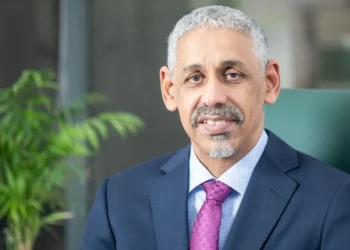Australia has released the final nomination numbers for its 2025-26 skilled migration programme, confirming a total of 20,350 visa places across its two key state-nominated pathways.
The figures were published by the Department of Home Affairs, signalling a tighter year for skilled applicants as most states recorded drops in their allocations.
According to the Department of Home Affairs, 12,850 places have been set aside for the Subclass 190 (Skilled Nominated) visa, while 7,500 places were approved for the Subclass 491 (Skilled Work Regional) visa.
“The skilled programme supports states and territories in meeting their labour needs by allowing them to nominate qualified applicants,” the department said.
- The Subclass 190 visa is a permanent pathway for skilled workers nominated by a state or territory, allowing them to live and work anywhere in Australia. Applicants must hold an occupation on the skilled list, have a valid skills assessment, meet the points test, and secure a nomination.
- The Subclass 491 visa is a temporary regional route lasting up to five years, which can lead to permanent residency. To qualify, applicants must meet points requirements and receive a nomination from a regional state, territory, or eligible family sponsor.
How the visa numbers were shared across states
Australia’s states and territories received the following allocations:
- New South Wales: 3,000 (Subclass 190) and 1,000 (Subclass 491), total 4,000
- Victoria: 2,700 (Subclass 190) and 700 (Subclass 491), total 3,400
- Queensland: 1,850 (Subclass 190) and 750 (Subclass 491), total 2,600
- Western Australia: 2,000 (Subclass 190) and 1,400 (Subclass 491), total 3,400
- South Australia: 1,350 (Subclass 190) and 900 (Subclass 491), total 2,250
- Tasmania: 1,200 (Subclass 190) and 650 (Subclass 491), total 1,850
- Northern Territory: 850 (Subclass 190) and 800 (Subclass 491), total 1,650
- ACT: 900 (Subclass 190) and 300 (Subclass 491), total 1,200
Total: 12,850 (Subclass 190) and 7,500 (Subclass 491), overall 20,350
Most regions saw reductions compared with the previous allocation cycle. Victoria recorded the biggest cut, losing 1,300 Subclass 491 places.
Only Queensland and the Northern Territory received notable increases. Queensland’s Subclass 190 quota rose by 1,250 while the Northern Territory gained 50 additional spots.
The ACT and the Northern Territory recorded no changes under the Subclass 491 visa. South Australia and Queensland saw small increases in their 491 allocations, up by 100 and 150 places respectively.
What you should know
Australia is projected to face a shortfall of nearly 250,000 skilled workers across finance, technology, and business roles by 2030, according to a new report by the Future Skills Organisation.
- The report explained that demand for skilled FTB professionals is rising at 2.2% each year, while the supply of qualified workers is growing at only 1%. It noted that Australia will require 3.5 million workers in these fields by 2030, which is almost 450,000 more than the current workforce.
- The council warned that the country’s education and training systems are not producing sufficient graduates to keep up with emerging labour needs. It highlighted issues such as high dropout rates in IT and accounting degrees, heavy dependence on international students, and inconsistent completion levels in vocational training.
- The finance sector is expected to be the hardest hit, with no projected workforce growth over the next five years and a possible shortfall of 64,000 workers across finance roles.
The organisation added that even where workers are available, a widening skills mismatch means many do not have the specialised capabilities employers require.




















